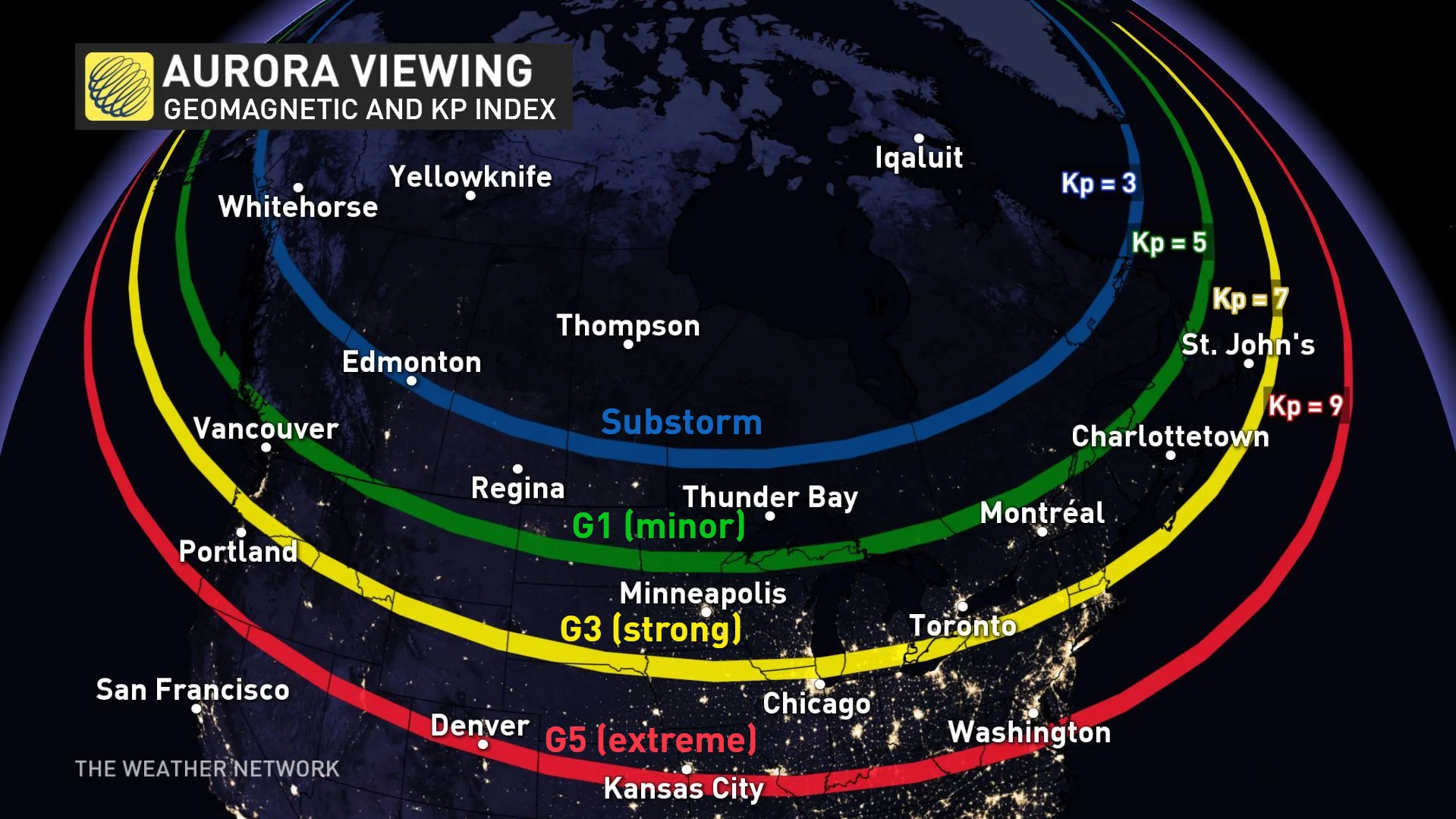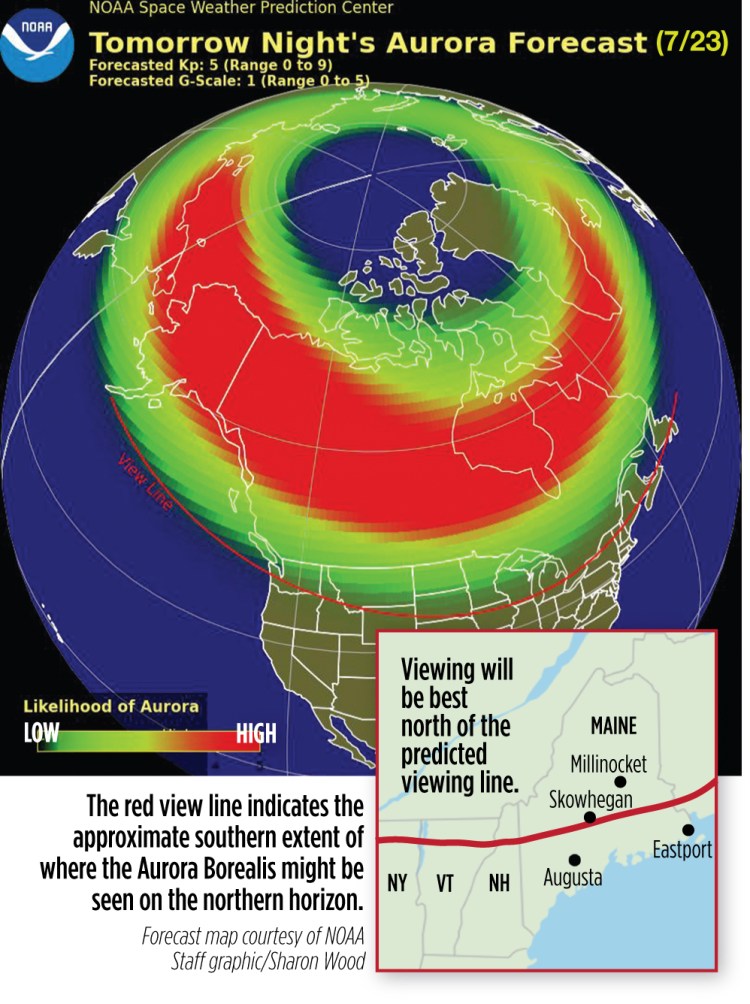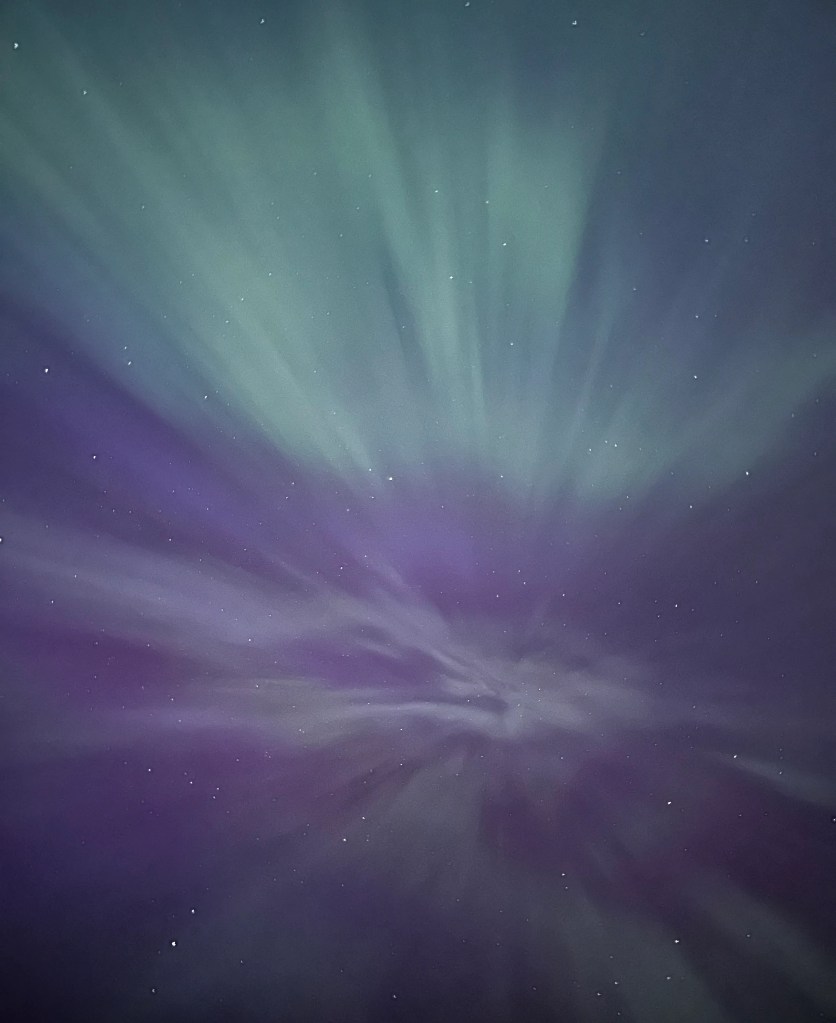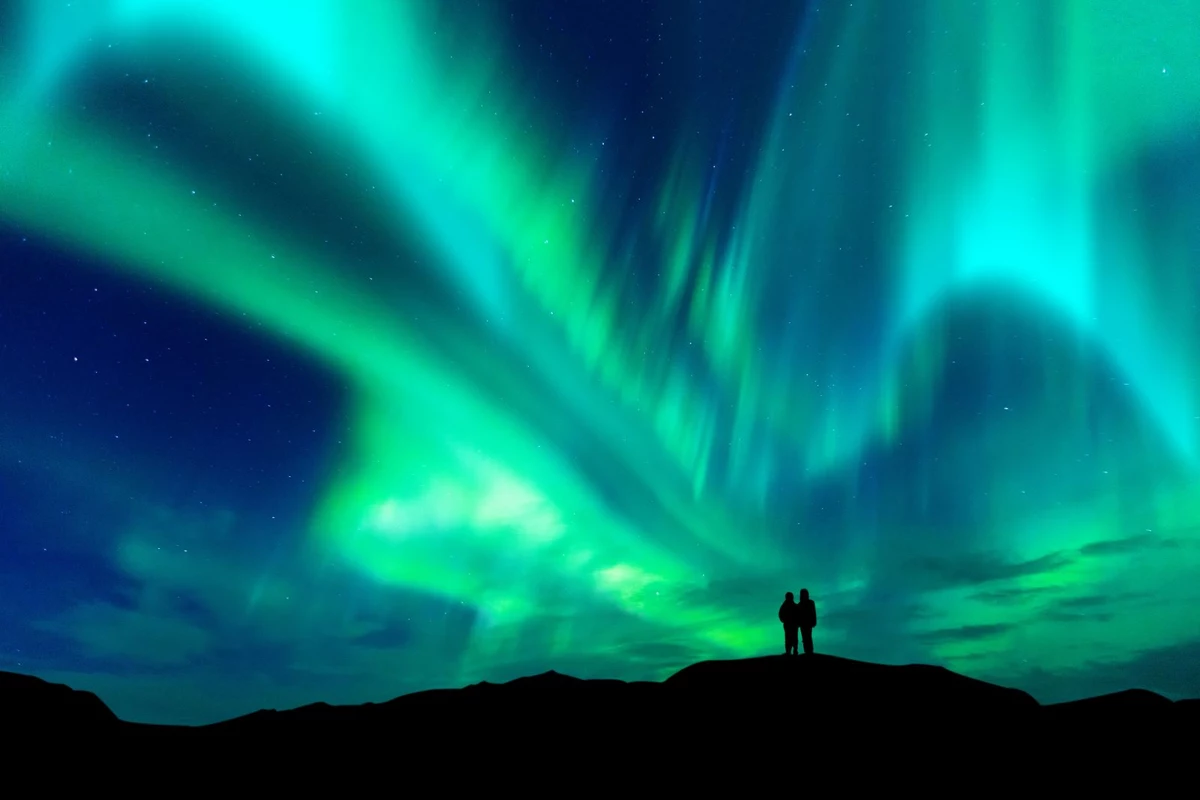
A series of coronal mass ejections (CMEs) from the sun have prompted geomagnetic storm watches for the Northern Hemisphere, potentially leading to visible auroras as far south as New York and Idaho. The halo CME, which erupted on July 21, is forecasted to arrive on July 24 and could cause a G2-level geomagnetic storm. This solar activity has been exceptional this year, with the best viewing opportunities occurring in the early hours of Wednesday between 06:00-09:00 Universal Time (1:00-4:00 EDT). For those hoping to catch a glimpse of these natural light displays, it is recommended to check the latest advice from NOAA's Space Weather Prediction Center and apps like My Aurora Forecast & Alerts or AuroraWatchUK for exact timings.







